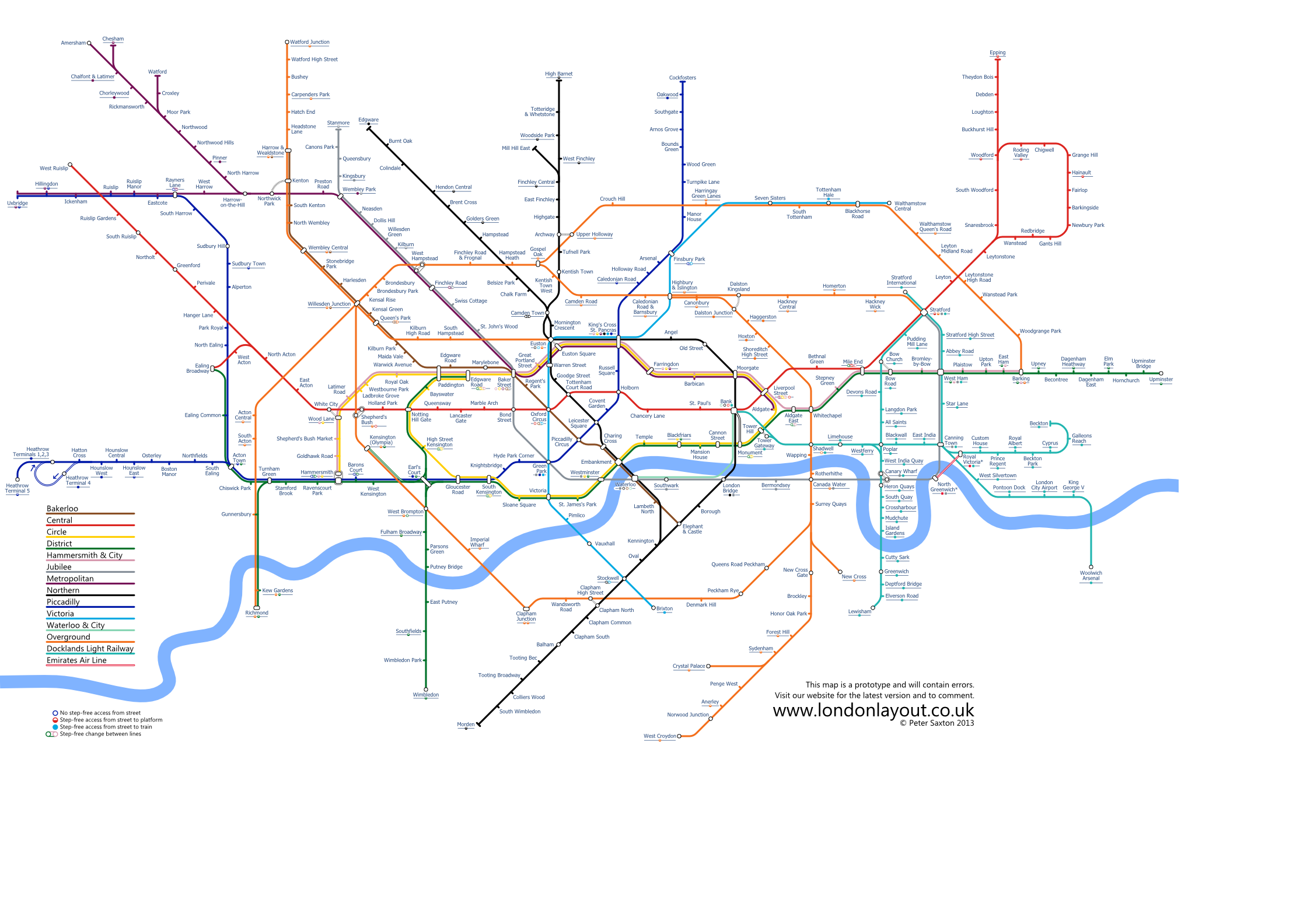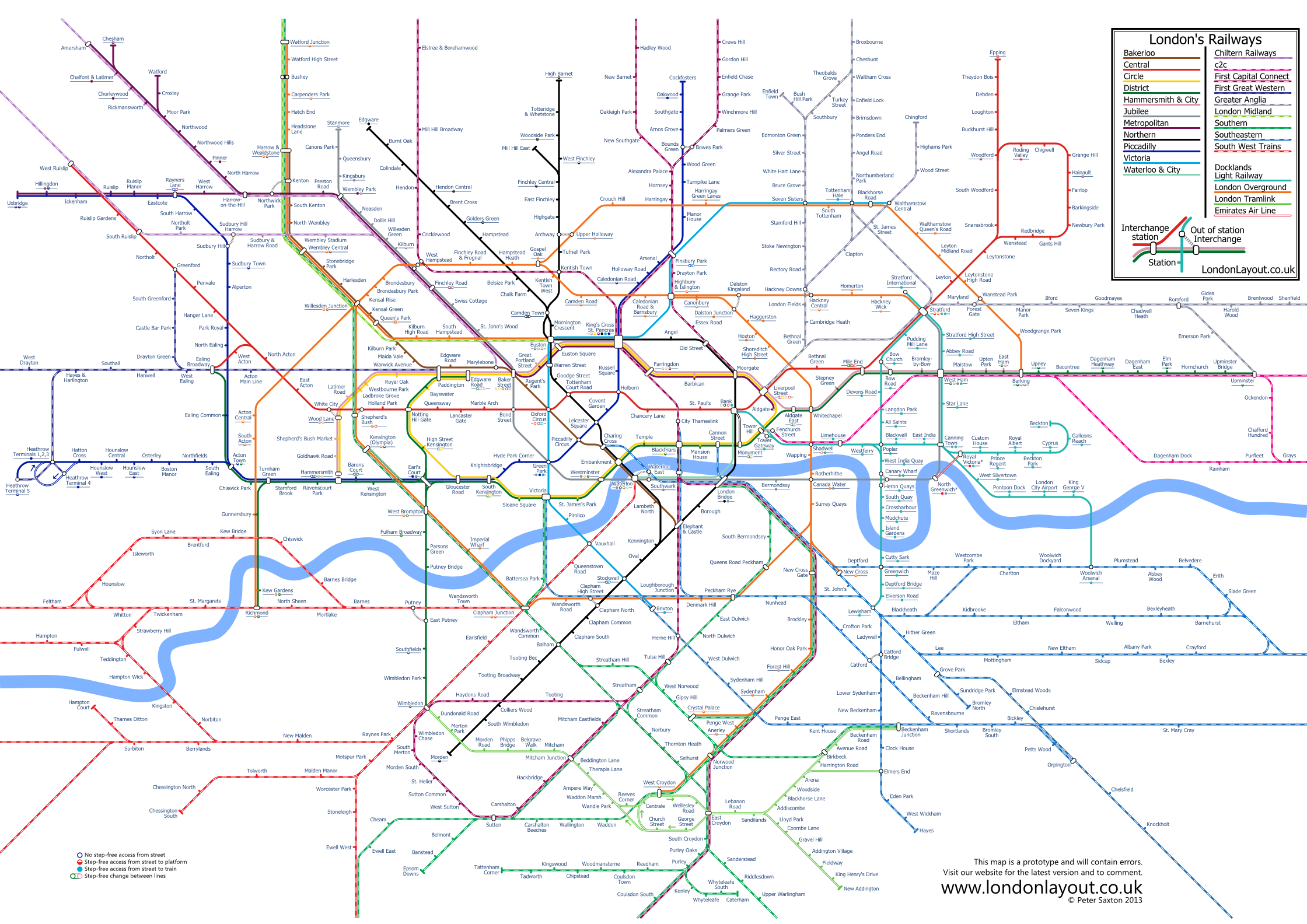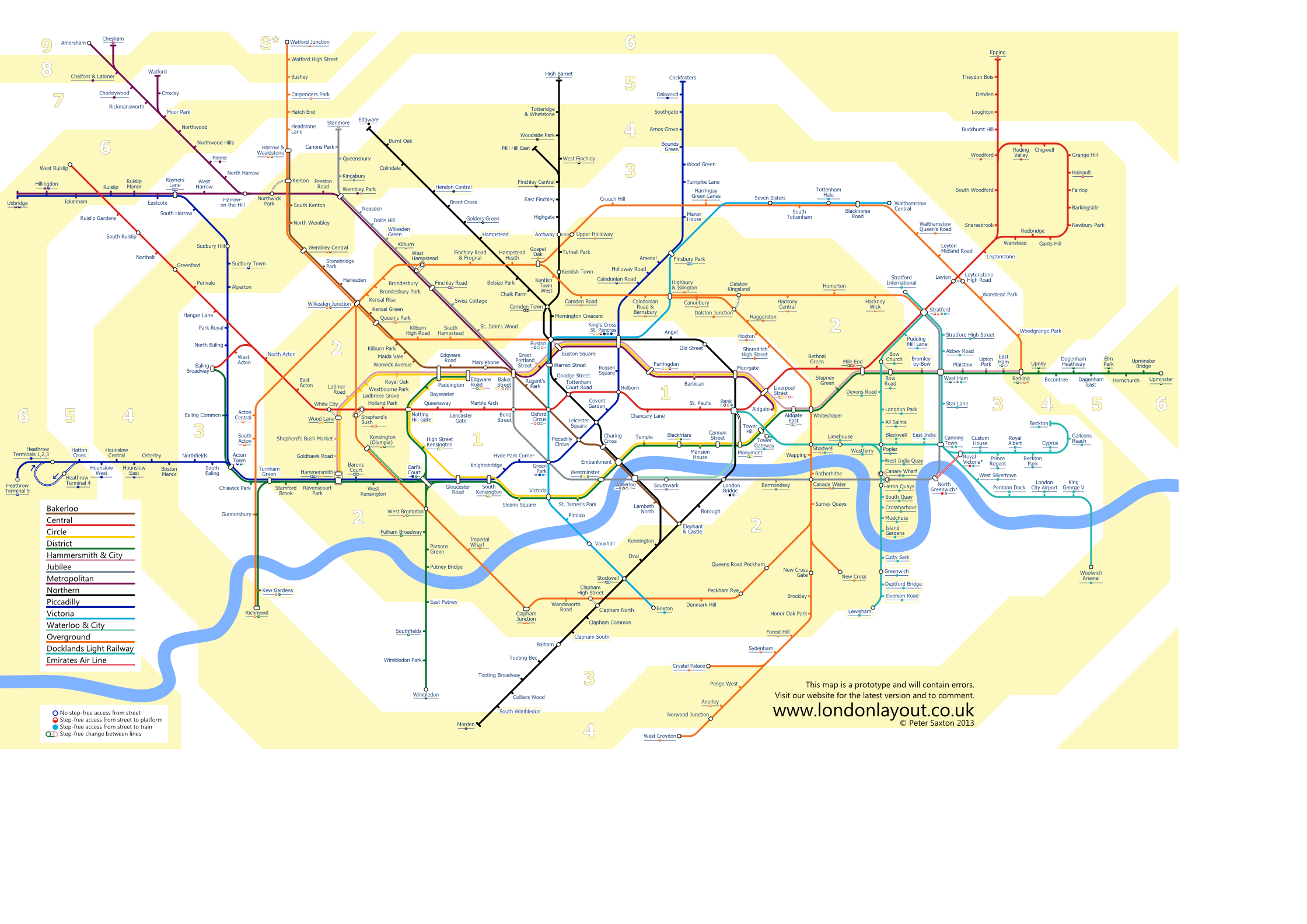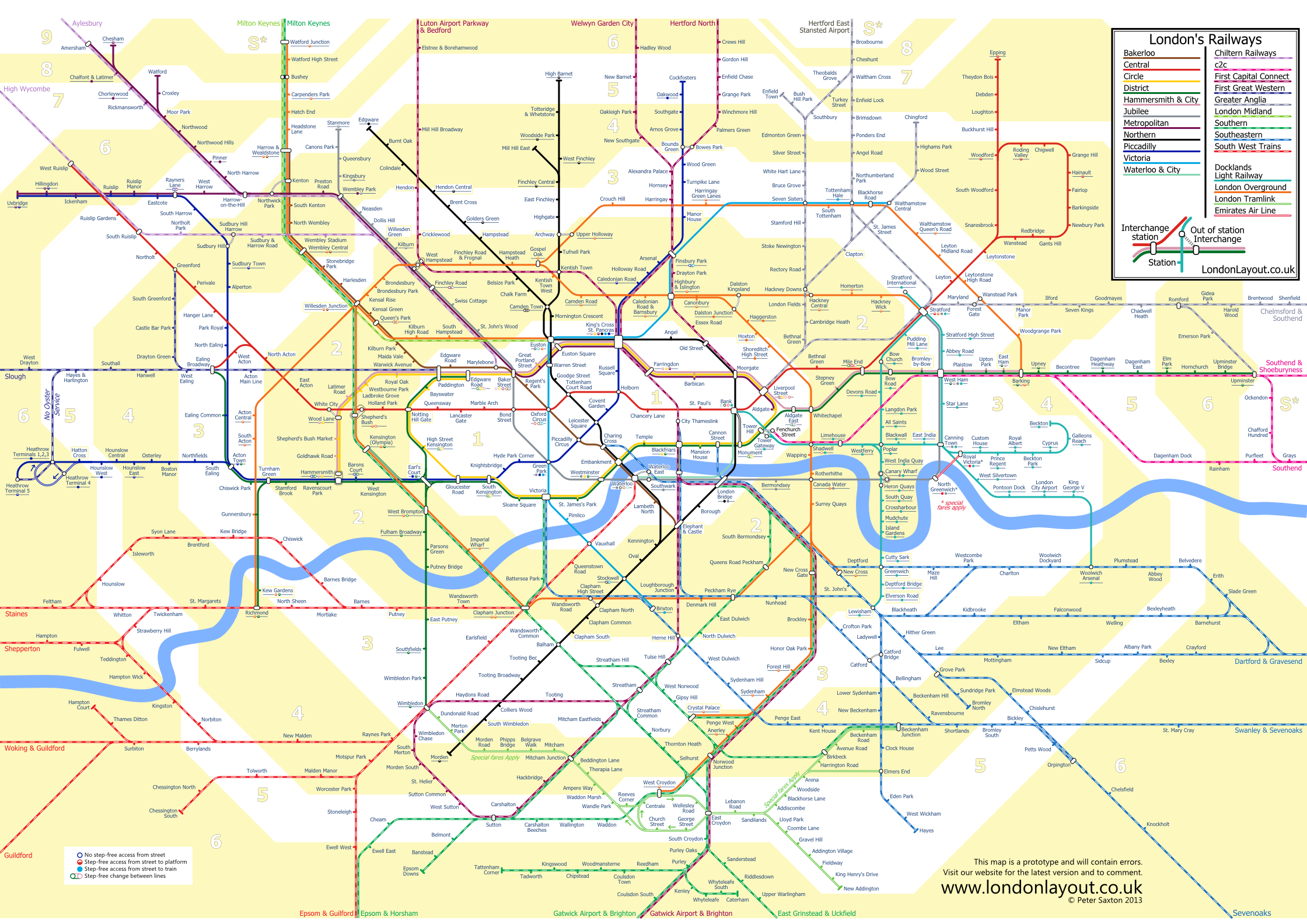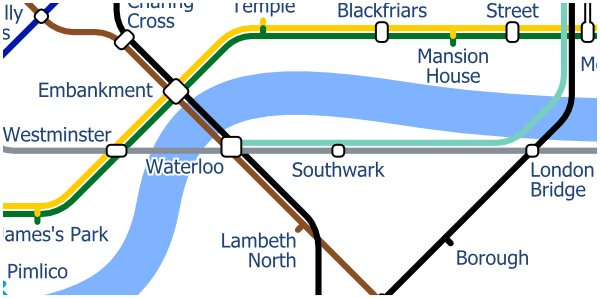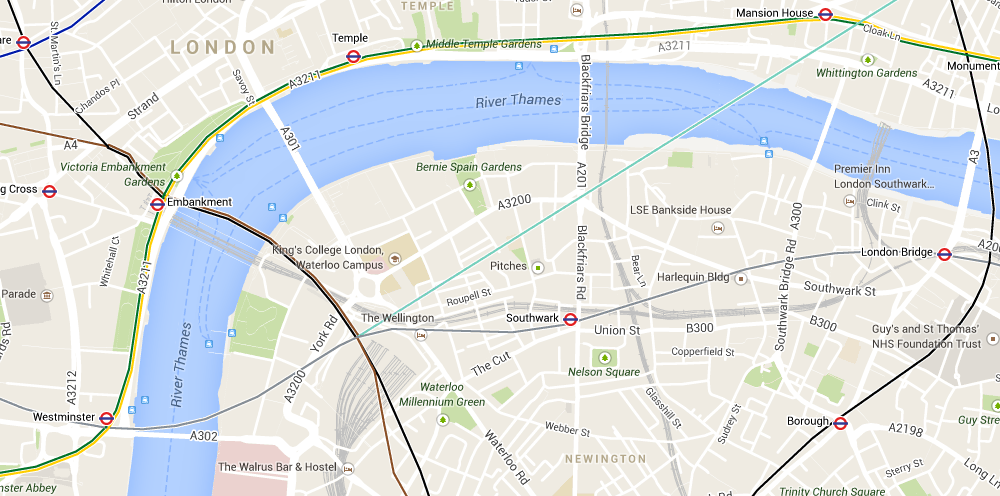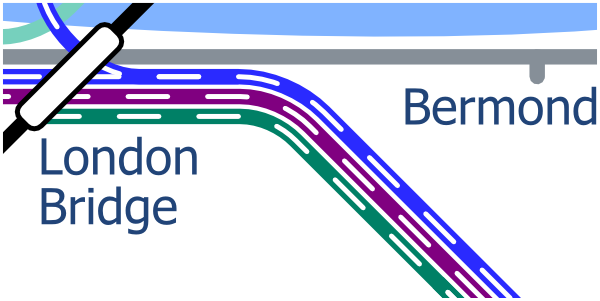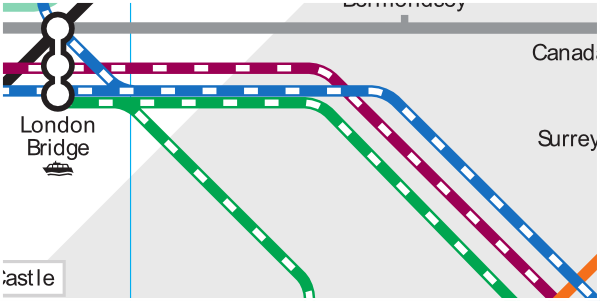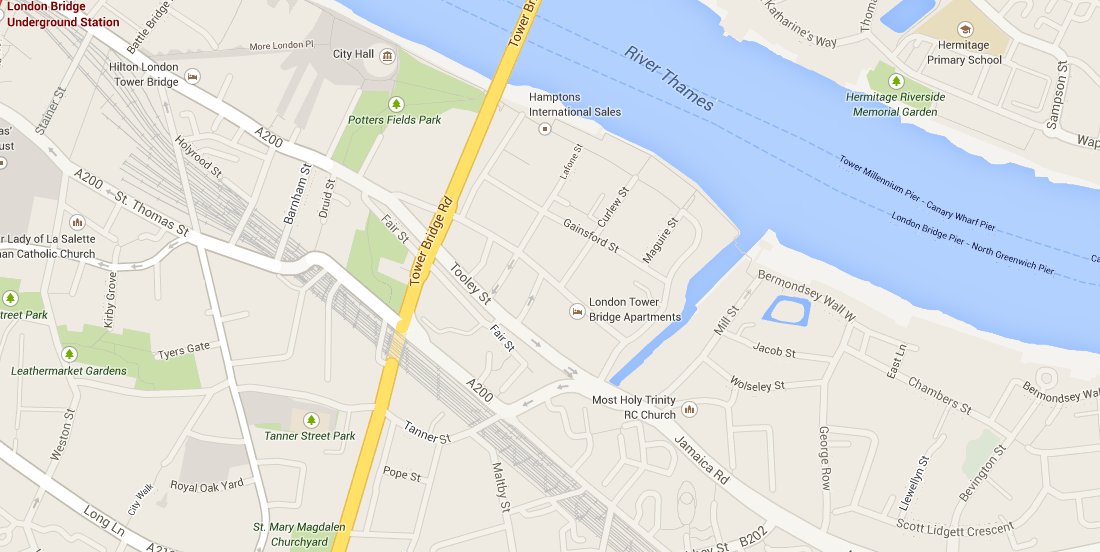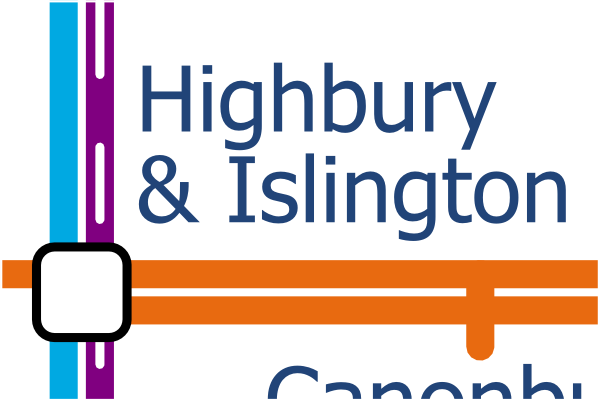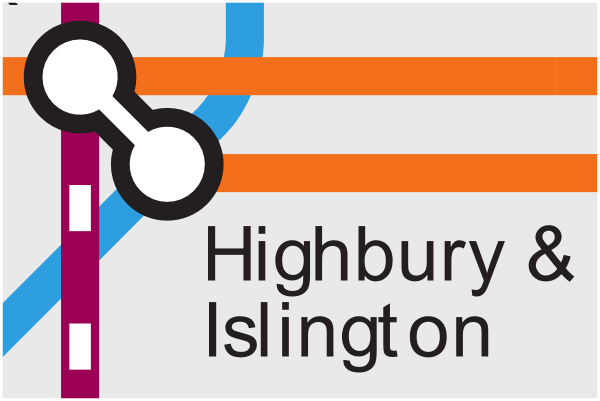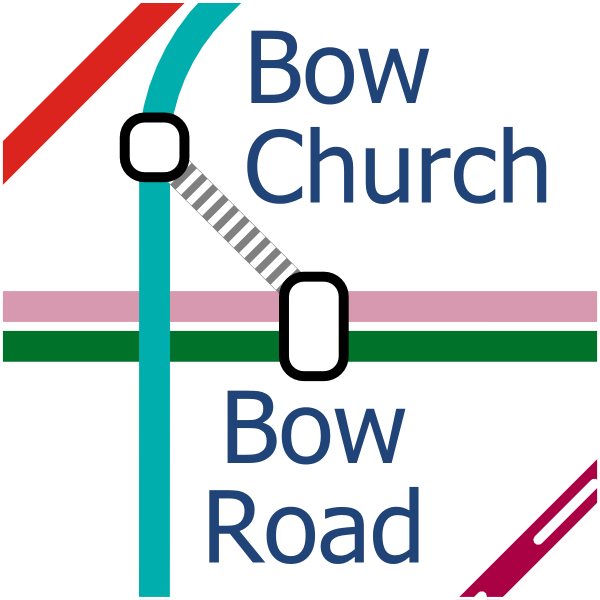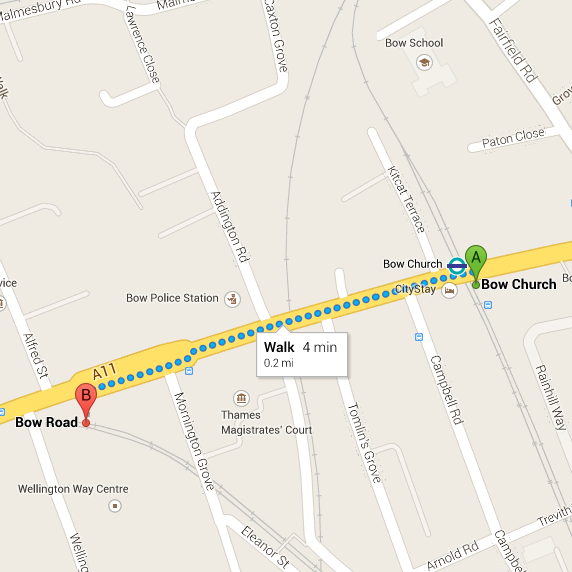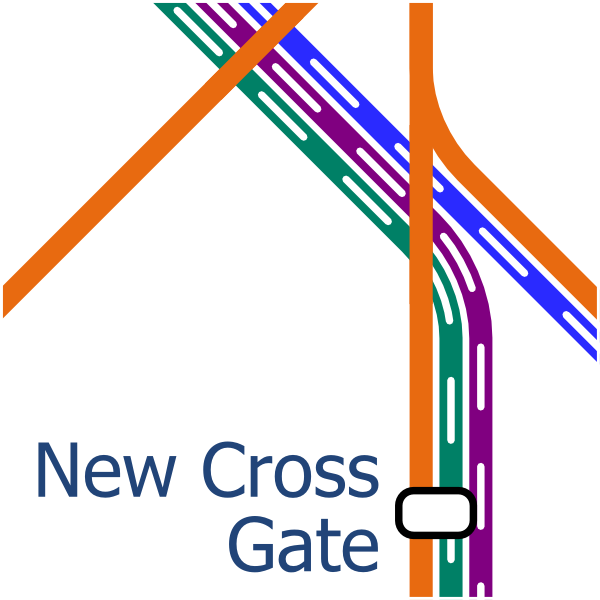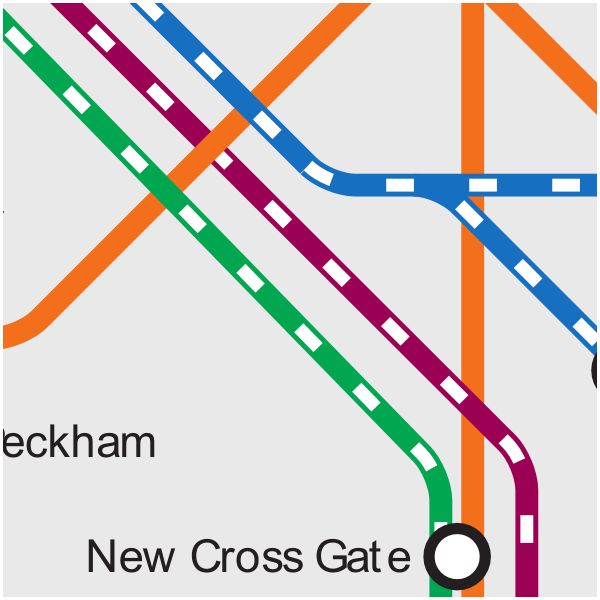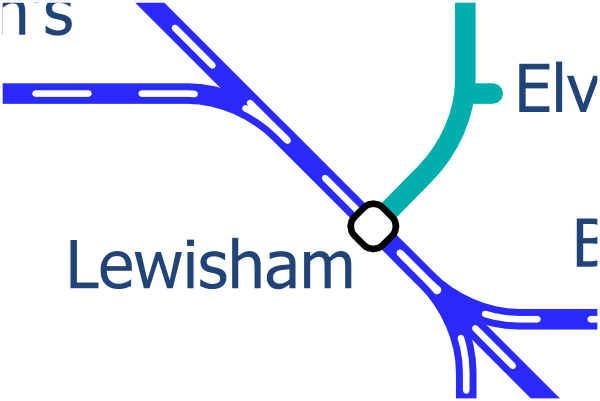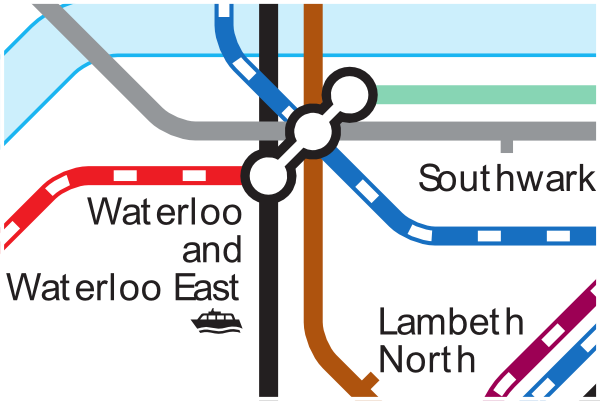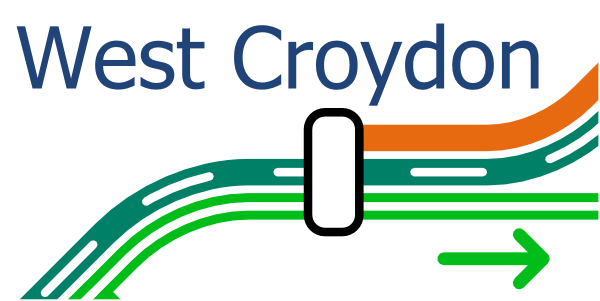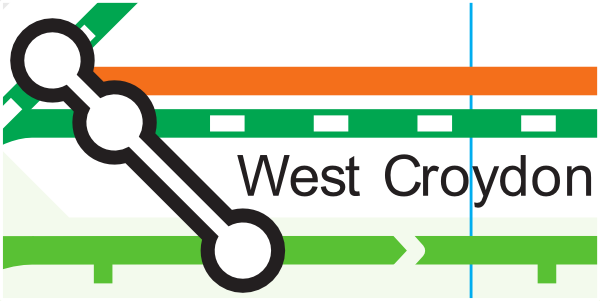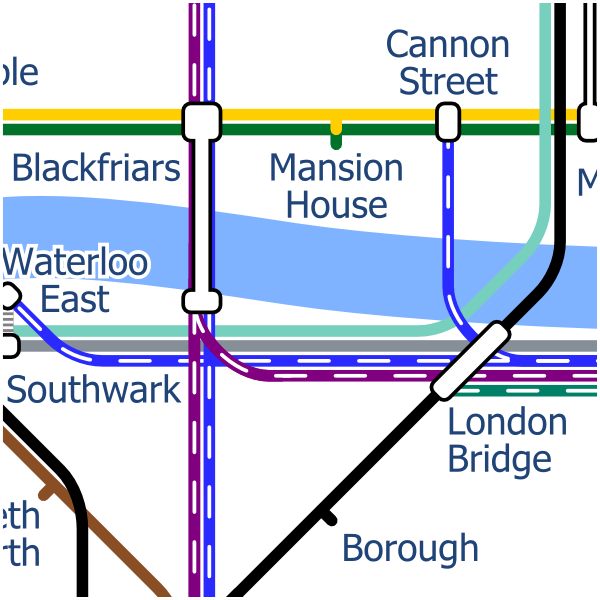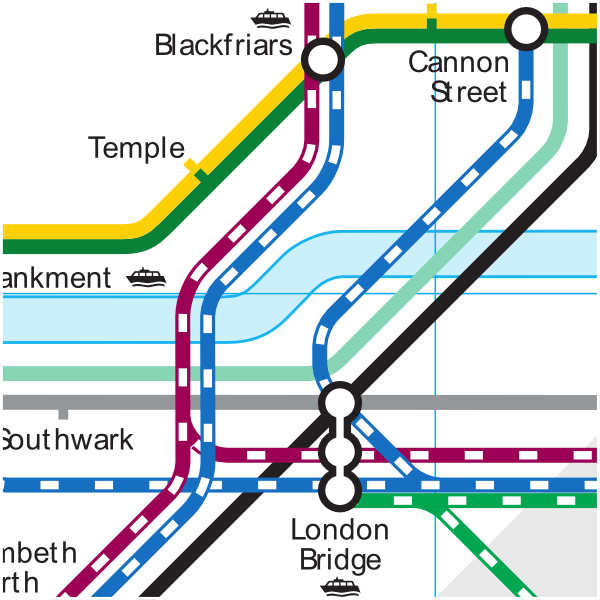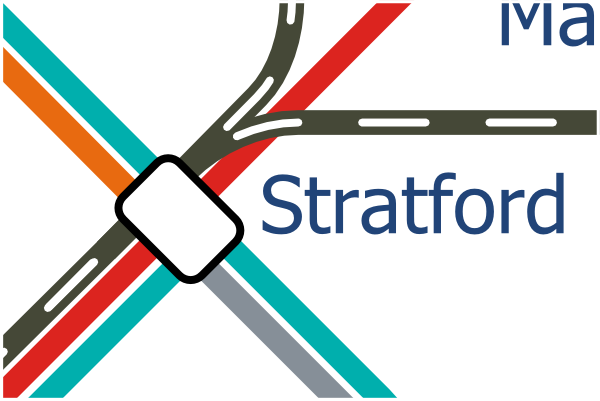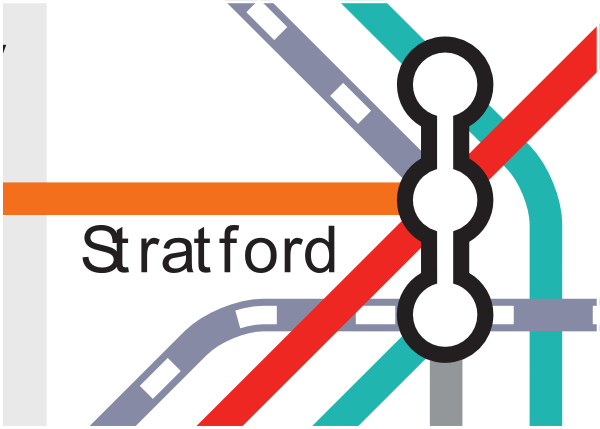The mission for London Layout is to be an invaluable and stylish tool for navigating the railways of London.
The absolute priority for design clarity extending beyond the map to all the information it presents.
The development is currently focused on getting a complete set of live data feeds,
e.g. extending live departure times to National Rail services.
Adding accesibility information for a greater percentage of stations.
As well as populating our database of local information.
London Layout is currently gathering funding through a Kickstarter campaign.
This campaign is to encourage engagement in the project and to fund the development time required to reach our objective of having both digital and printed
pocket sized versions of the map. This is the second campaign I have run on Kickstarter.
The first campaign was a great success in helping to develop the map to its current form.
The prompt delivery of all rewards shows that I am committed and able to deliver this project.




